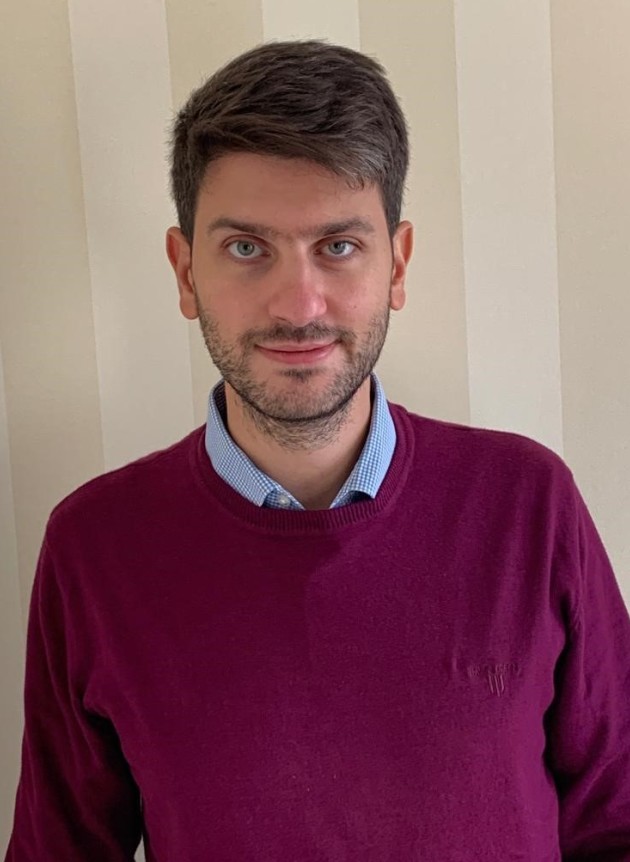
Abstract:
SCI is developing a methodology for predicting accurately, fast and simplistically the loading on buildings caused by energetic materials. The methodology is based on the Low-Altitude Multiple Burst (LAMB) shock combination rules, complemented by a large number of experimental tests and numerical analyses. LAMB is a semi-empirical approach, initially developed for nuclear detonations, that provides a reasonably accurate method for combining incident and reflected airblast shocks from high-explosive detonations of energetic materials. The experimental results and the numerical simulations assist in validating the LAMB predictions and also assist in expanding the range over which the LAMB method can be applied. Data is key to developing, extending and validating the methodology. Therefore, a collaboration has been established with the University of Sheffield, where its test site at Buxton will be used to perform medium scale explosion tests. The methodology is being implemented in a fast running software (EMblast) that can be used to quickly examine large numbers of accident scenarios. This seminar will introduce the methodology and the software, and present the latest developments. Namely, current research is focused on extending the range to the far-field with scaled distances > 40 m/kg3, and implementing the Hudson approach for clearing in the near-field.
 Bio:
Bio:
Socrates Angelides is a Research Associate at the Energetic Materials Blast Information Group (EMBIG) of the Steel Construction Institute (SCI) in the UK. Socrates is currently involved in the development of EMBlast, a software for predicting blast loads on buildings from energetic materials. This project is a Knowledge Transfer Partnership (KTP) with the Blast and Impact research group of the University of Sheffield, supported by Innovate UK. Socrates has a background in Civil Engineering (MEng at Imperial College) and Future Infrastructure and Built Environment (MRes at the University of Cambridge). He recently completed his PhD at the University of Cambridge, as part of the Future Infrastructure and Built Environment (FIBE) Centre for Doctoral Training (CDT). His PhD focused on developing analytical models for the post-fracture blast response of laminated glass. He has also worked in industry for 3 years at DNVGL in London, as a structural engineer assessing offshore steel structures for the oil & gas industry.
Open to all. Attendees external to Imperial need to register.
Time: 12:00 pm
 Bio:
Bio: